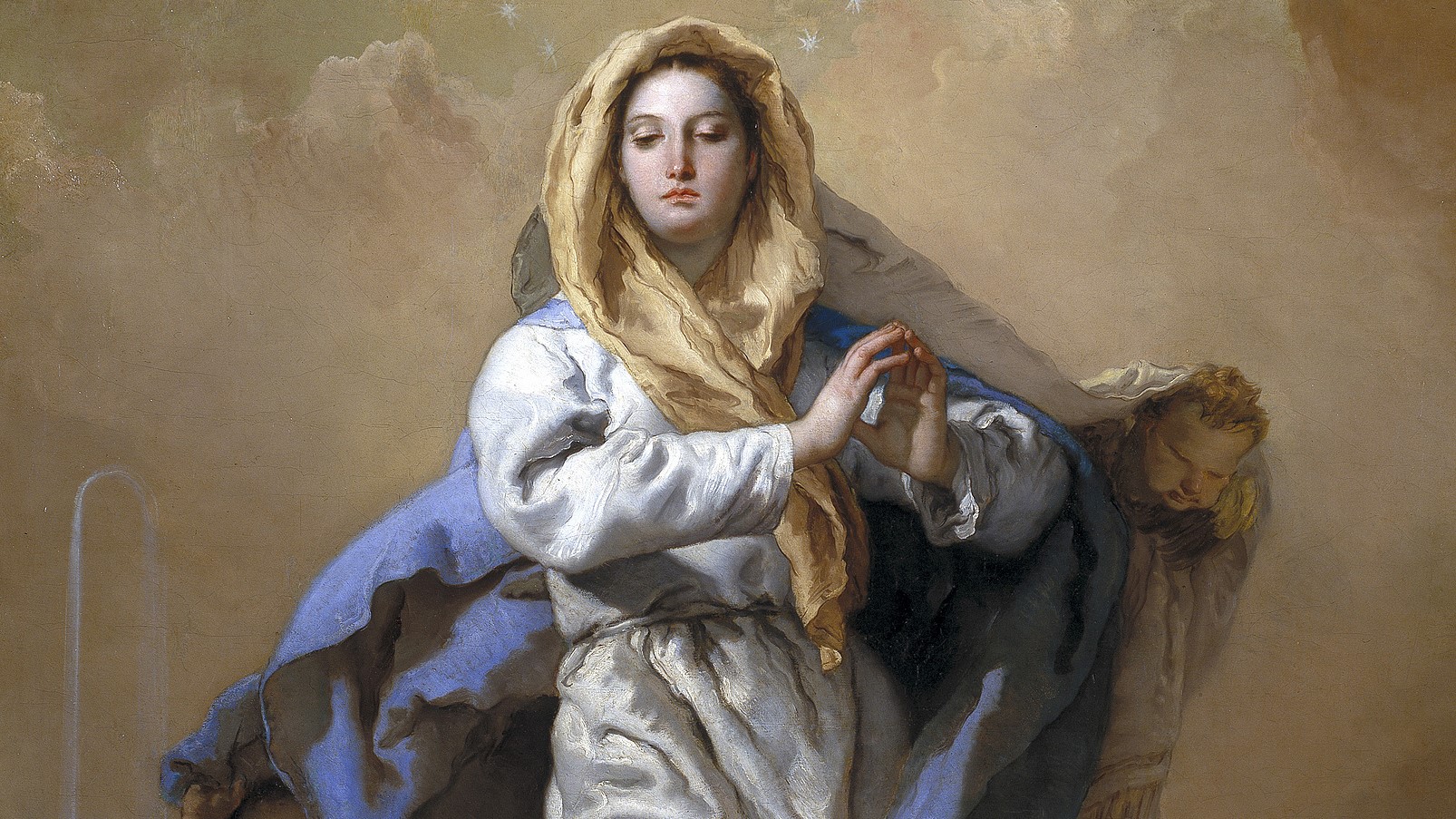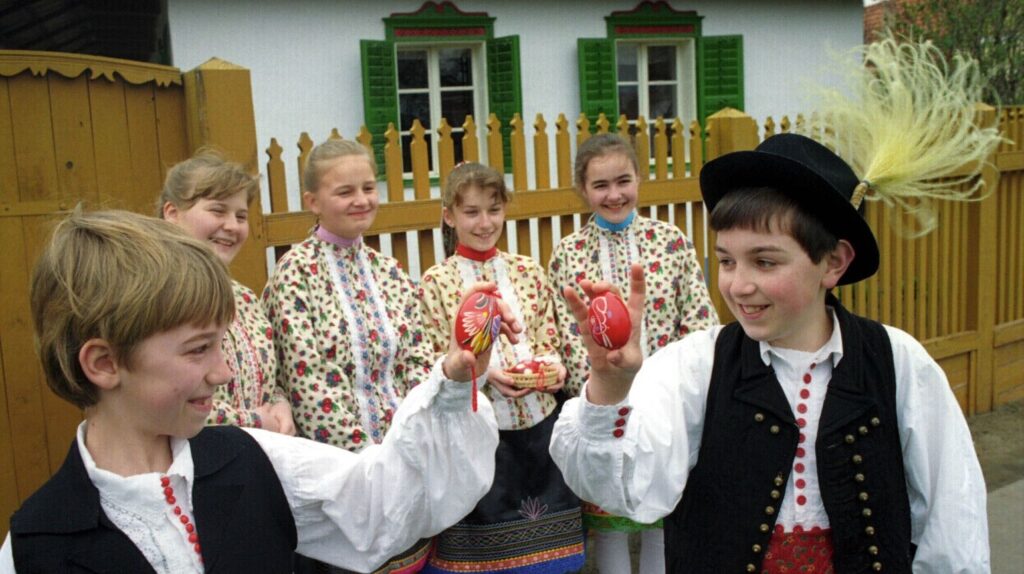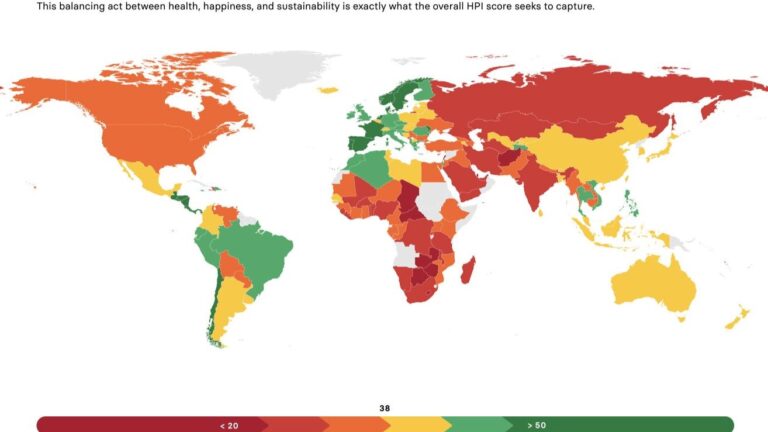It was one-hundred-seventy years ago today that Pope Blessed Pius IX in his Apostolic Constitution Ineffabilis Deus (1854) proclaimed the doctrine of the Immaculate Conception:
‘From the very beginning, and before time began, the eternal Father chose and prepared for his only-begotten Son a Mother in whom the Son of God would become incarnate and from whom, in the blessed fullness of time, he would be born into this world…. And indeed it was wholly fitting that so wonderful a mother should be ever resplendent with the glory of most sublime holiness and so completely free from all taint of original sin that she would triumph utterly over the ancient serpent.’
Original sin refers to the condition of sinfulness that all humans share, which is inherited from Adam—the First Man—as a result of his deliberate disobedience to God when he ate of the forbidden fruit from the tree of the knowledge of good and evil. (cf. Genesis 3). Subsequently, not only did Adam and his wife Eve, whose name means ‘Mother of all the living’, lose the original state of justice God created them in, they, just as our earthly parents transmit unto us their physical features, Adam passed this fallen state unto each and everyone of us—while Eve was the first to disobey God, it was the ‘First Man’ responsible for passing original sin unto us.
Thus, just as through Eve the ‘First Man’ brought sin into the world, through Mary, the new Eve, the ‘Second Man’, Jesus Christ, redeemed us from sin—for us, original sin is wiped away with the Sacrament of Baptism.
Thus, the doctrine of the Immaculate Conception is based on the fact that the Son of God, who is divine, could not become incarnate, let alone come into this world, through a vehicle, vis-à-vis the womb of his mother had she been stained with original sin.
Church Authority to Teach Infallibly
It is important to understand that whenever the Church, in this aforementioned case, the pope, proclaims a new dogma, it is not as if he is creating a new teaching. What he as head of the Magisterium—teaching office—of Church is doing is merely clarifying what has already been revealed in Holy Writ and passed unto us by Tradition, i.e., the teaching of the Apostles and the Church Fathers for our salvation. This authority, that of teaching infallibly was invested unto the Church by the Lord Himself (cf. Matthew 16, 18-19).
As explained by the Dogmatic Constitution Pastor Aeternus during the First Vatican Council in 1870:
‘[T]he Roman Pontiff, when he speaks ex cathedra, that is, when in discharge of the office of pastor and teacher of all Christians, by virtue of his Apostolic authority, he defines a doctrine regarding faith or morals to be held by the Universal Church is, by the divine assistance promised to him in Blessed Peter, possessed of that infallibility with which the divine Redeemer willed that his Church should be endowed in defining doctrine regarding faith or morals; and that, therefore, such definitions of the Roman Pontiff are of themselves, and not from the consent of the Church, irreformable.’
Theological Disputes on the Immaculate Conception
The teaching of the Immaculate Conception has not always received a proper welcome, even by prominent theologians, such as St. Bernard of Clairvaux and St. Thomas Aquinas. In the former’s Letter to the Canons of Lyons, he says:
‘If Mary could not be sanctified before her conception itself, on account of the sin (concupiscence) involved therein, it follows she was sanctified in the womb after conception, which, since she was cleansed from sin, made her birth holy and not her conception.’
St. Thomas, in his Summa Theologiæ IIIa, q. 27, a. 2, ad 2, states: ‘The Blessed Virgin did indeed contract original sin.’
In light of what St. Paul had said that ‘…through one man [Adam] sin came into the world, and through sin death, and thus death has spread through the whole human race because everyone has sinned,’ (Romans 5, 2) both St. Bernard and the Angelic Doctor rationalized their theological opinions that even the Blessed Mother needed sanctification.
In other words, since physical generation precedes redemption by the grace of God, Mary was an heir to the debt of Adam before being made a child of God, i.e., she is considered first as a daughter of Adam and then sanctified as a daughter of God.
The teaching that Mary, the Mother of Christ, was from the very moment of her conception preserved from original sin, was first explained by the Scottish Franciscan friar Duns Scotus (1266-1308). He explained that with Mary conception and redemption were simultaneous, producing a two-fold status at the first moment of her existence:
‘If Christ’s redemption is perfect, then there must be a perfect fruit, which is Mary Immaculate. She was redeemed because she was prevented from contracting original sin rather than being washed clean afterward.’
The biblical foundation of this doctrine is found in the words the Archangel Gabriel addressed to Mary: ‘Hail, full of grace! The Lord is with you!’ (Lk 1, 28). ‘Full of grace’—in the original Greek, kecharitoméne—the one chosen from all eternity to welcome the most precious gift, Jesus: ‘the incarnate love of God’.
It is because the Blessed Mother was preserved from original sin, she did not have to undergo its effects. This is why she, as declared by Pope Pius XII Munificentissimus Deus (1950) that ‘the Immaculate Mother of God, the ever Virgin Mary, having completed the course of her earthly life, was assumed body and soul into heavenly glory’.
Let us today and throughout this season of Advent implore the intercession of our Blessed Mother so that we may better appreciate the glad tidings announced to the shepherds by the angel of the Lord, the birth of our Saviour, Jesus Christ the Lord!








